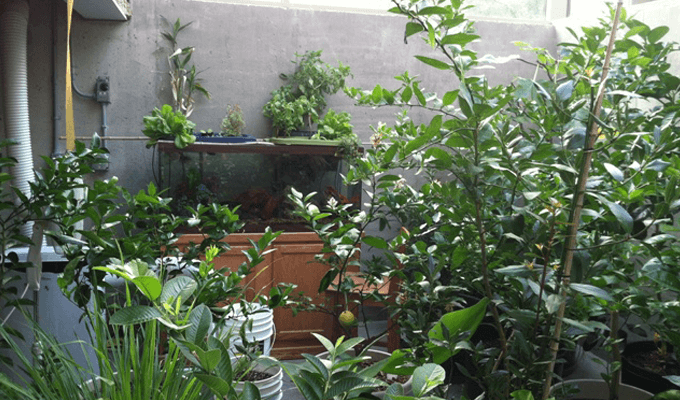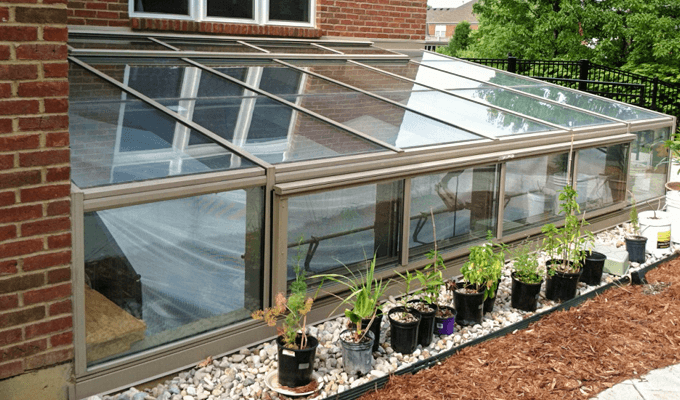Pit Greenhouses
Pit greenhouses are extremely energy efficient, as they are essentially a hole dug into the ground with an attached glass structure. At a depth of four feet, the Earth retains a temperature of roughly 50 degrees year round; almost 10 degrees warmer than that of an above ground greenhouse. If your greenhouse requires a temperature of 70 degrees, the temperature will only need to be raised 20 degrees. A traditional above ground greenhouse can easily drop below freezing during winter months; most plants require constant 60 degree temperatures. Stabilizing the temperature by using a pit greenhouse will reduce energy costs and allow you to nurture plants year round.

Plant Selection
The plants you choose to cultivate will need to be taken into account when determining which heating method will be used in the greenhouse. However, allowing a greenhouse’s temperature to fall below 50 degrees is not advised. When growing cold weather crops such as kale and broccoli, lower temperatures are acceptable; but warm weather plants like peppers and tomatoes require higher temperatures.
Plants are often grown directly in the soil in pit greenhouses. Extra depth needs to be added for drainage purposes, an additional 1-2’0” should be excavated and filled with gravel. The floor in the greenhouse is sloped to encourage water run-off, and drainage is diverted out of the greenhouse to prevent stagnant water.
Heating & Cooling
Pit greenhouses have the possibility of overheating during the summer months, so ventilation should be incorporated. Ridge vents can be placed in the roof line to allow hot air to escape and fresh air to enter. An access door can be added at one of the gable ends to provide an entrance and can also be propped open to provide additional ventilation.
The north wall of a pit greenhouse acts as a thermal mass, consisting of a solid material and capturing heat during the day, such as stone or brick. At night, this heat will be released back into the greenhouse. Light colors like white and tan reflect light and reduce the amount of heat gained; the darker the material, the more heat it will retained. A back-up heating source should be considered to prevent damage to the plants if the temperatures drop.
Configurations
Pit greenhouses generally feature four solid walls with a sloping glass roof that can consist of several different configurations.The most common configurations are a lean-to or double pitch and are generally attached to a preexisting structure. Heat from the building will transfer into the greenhouse and act as additional insulation. True pit greenhouses have compacted dirt walls, but Solar Innovations® recommends concrete walls to prevent cave-ins.




